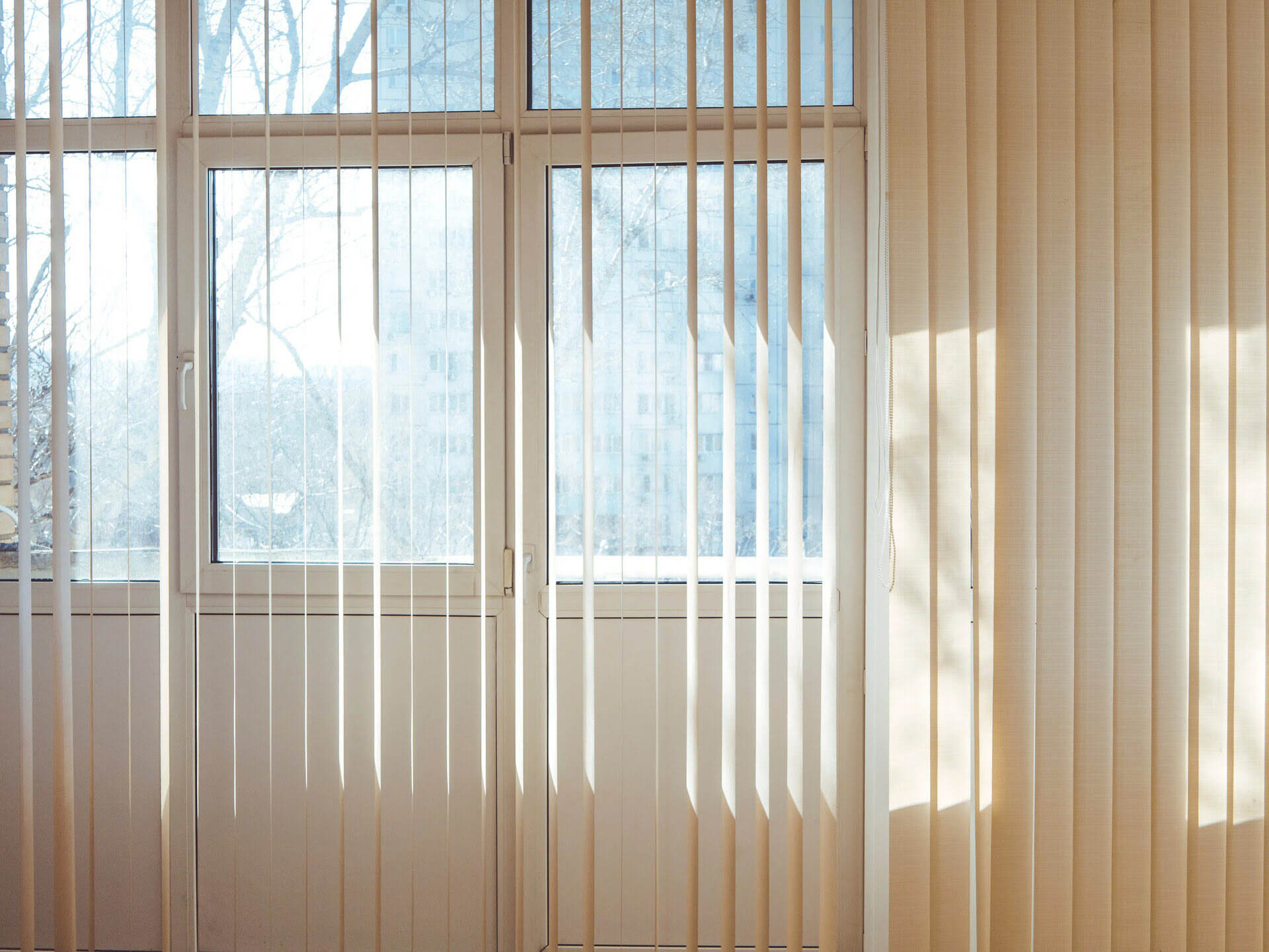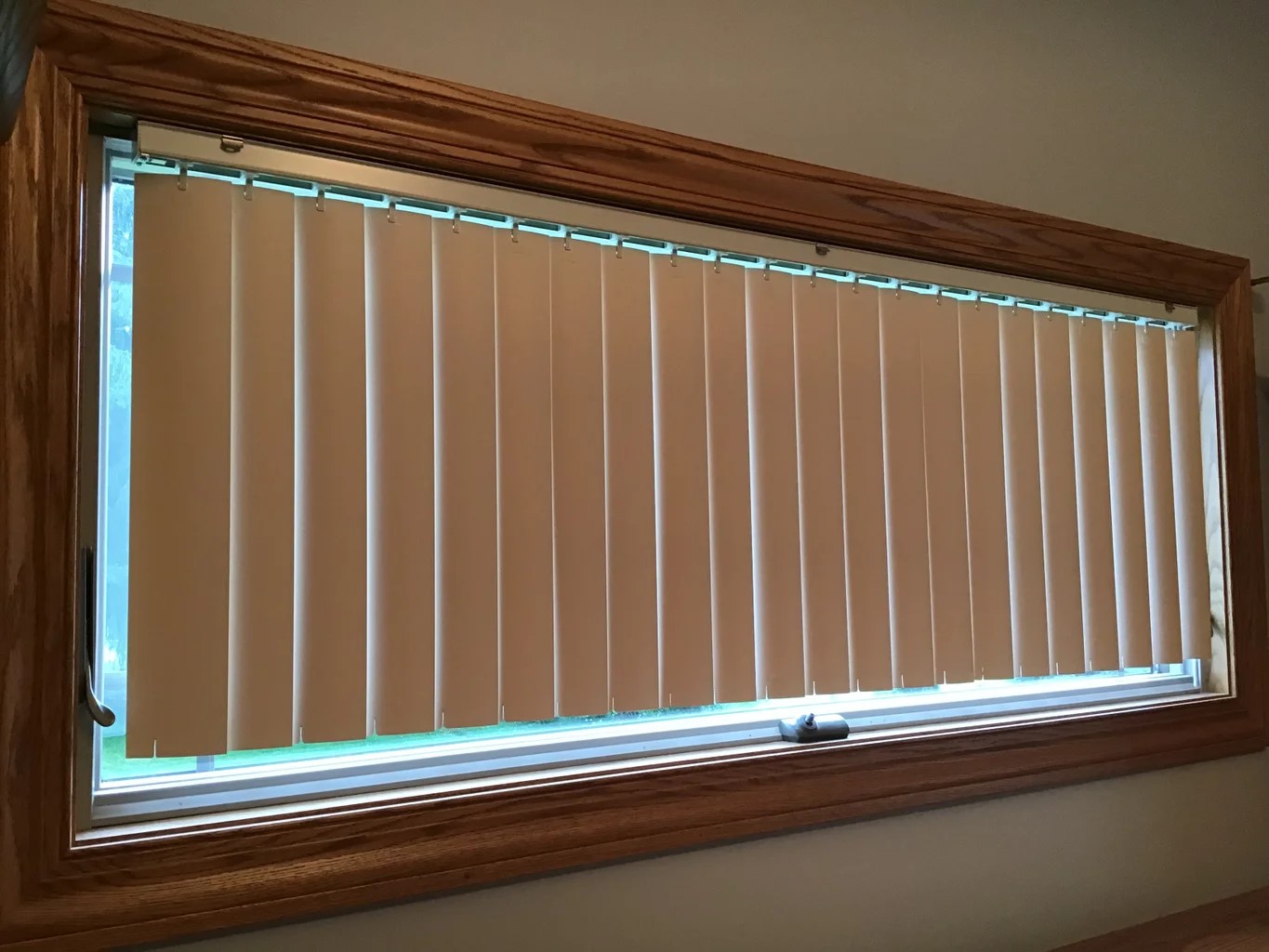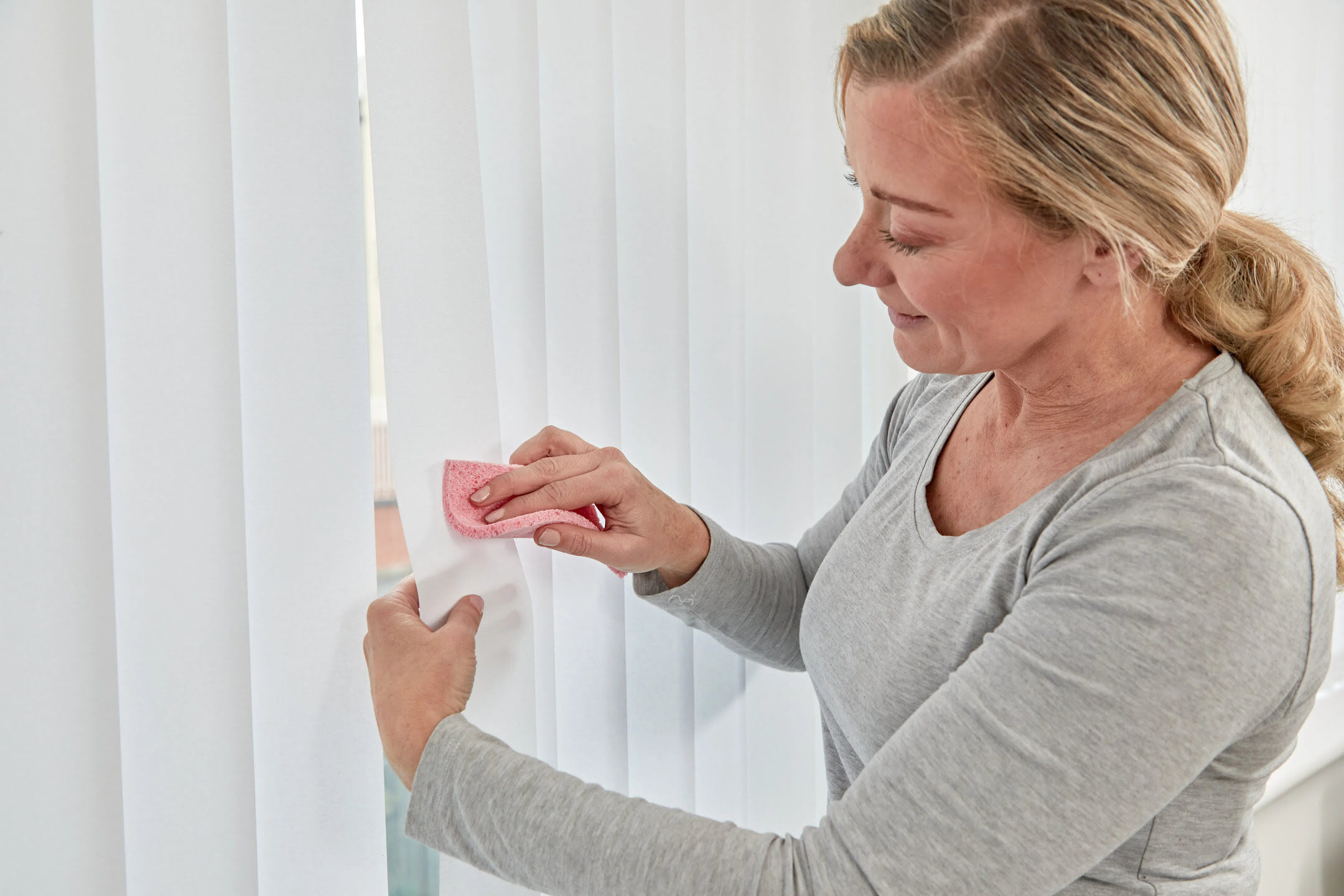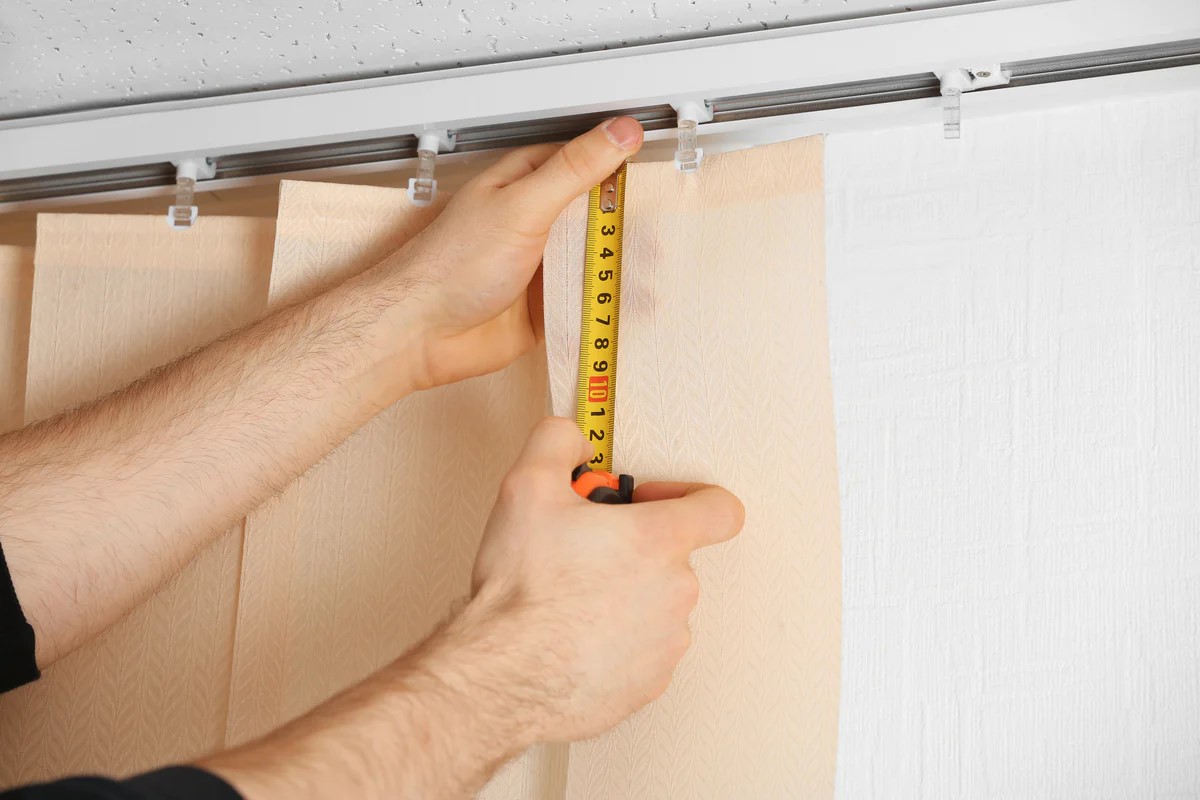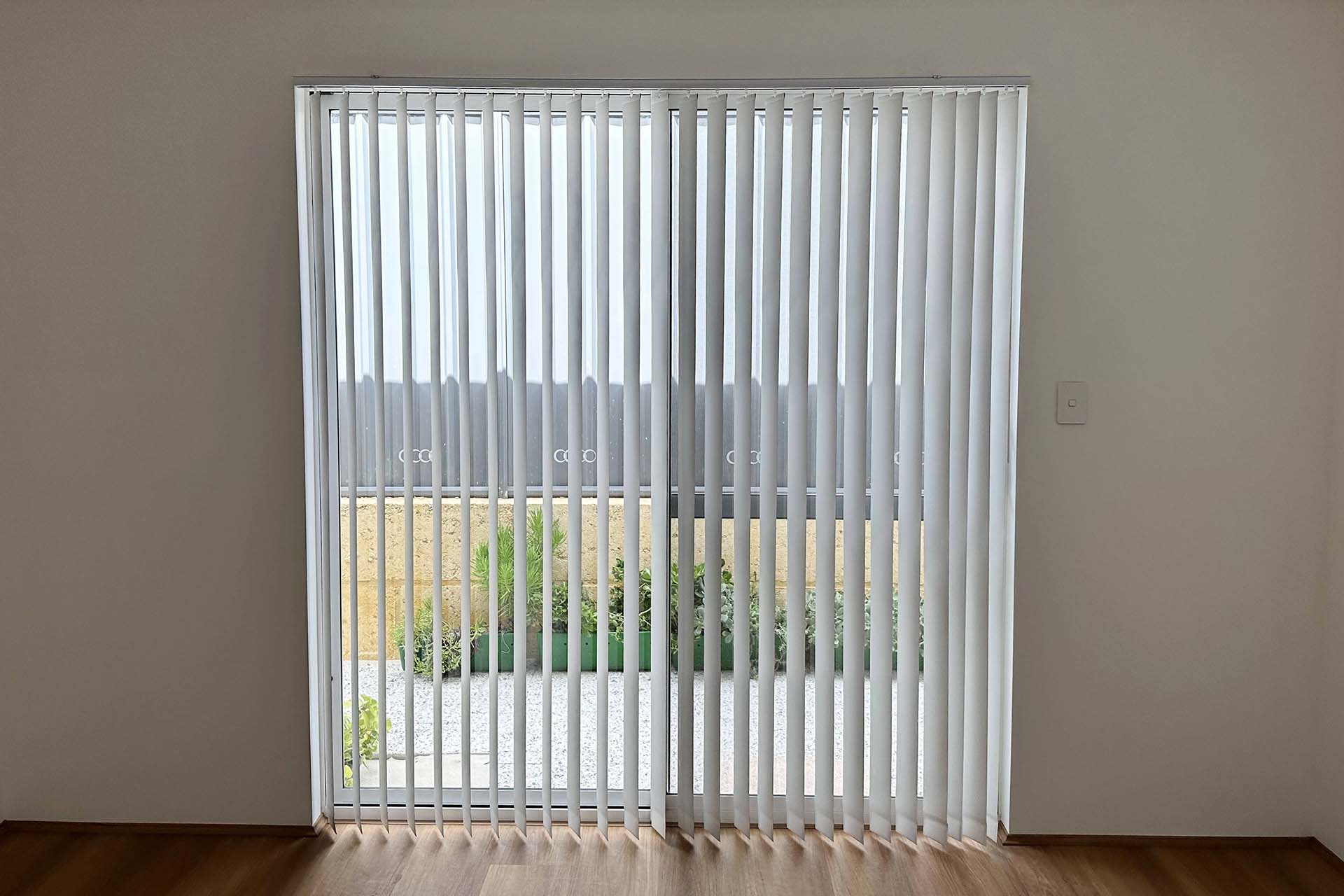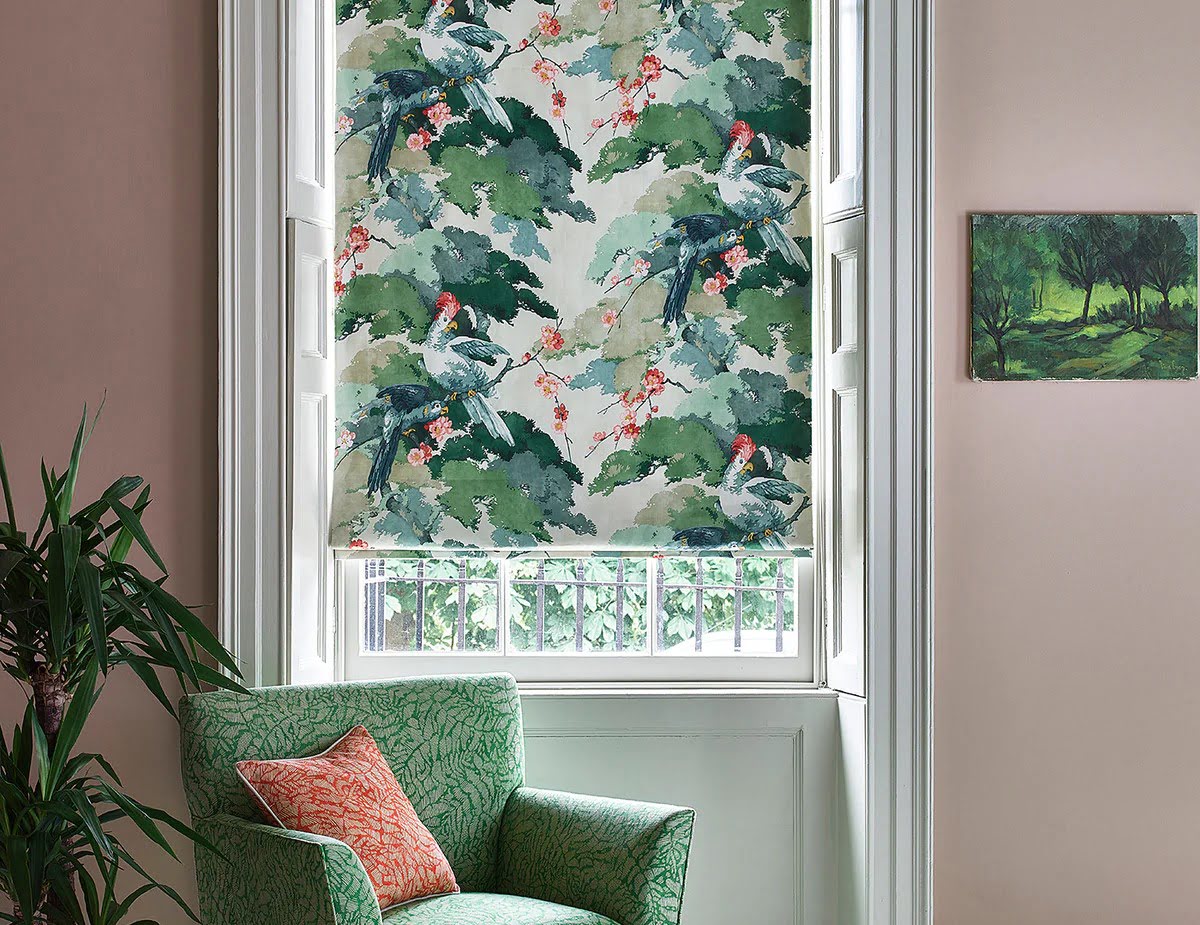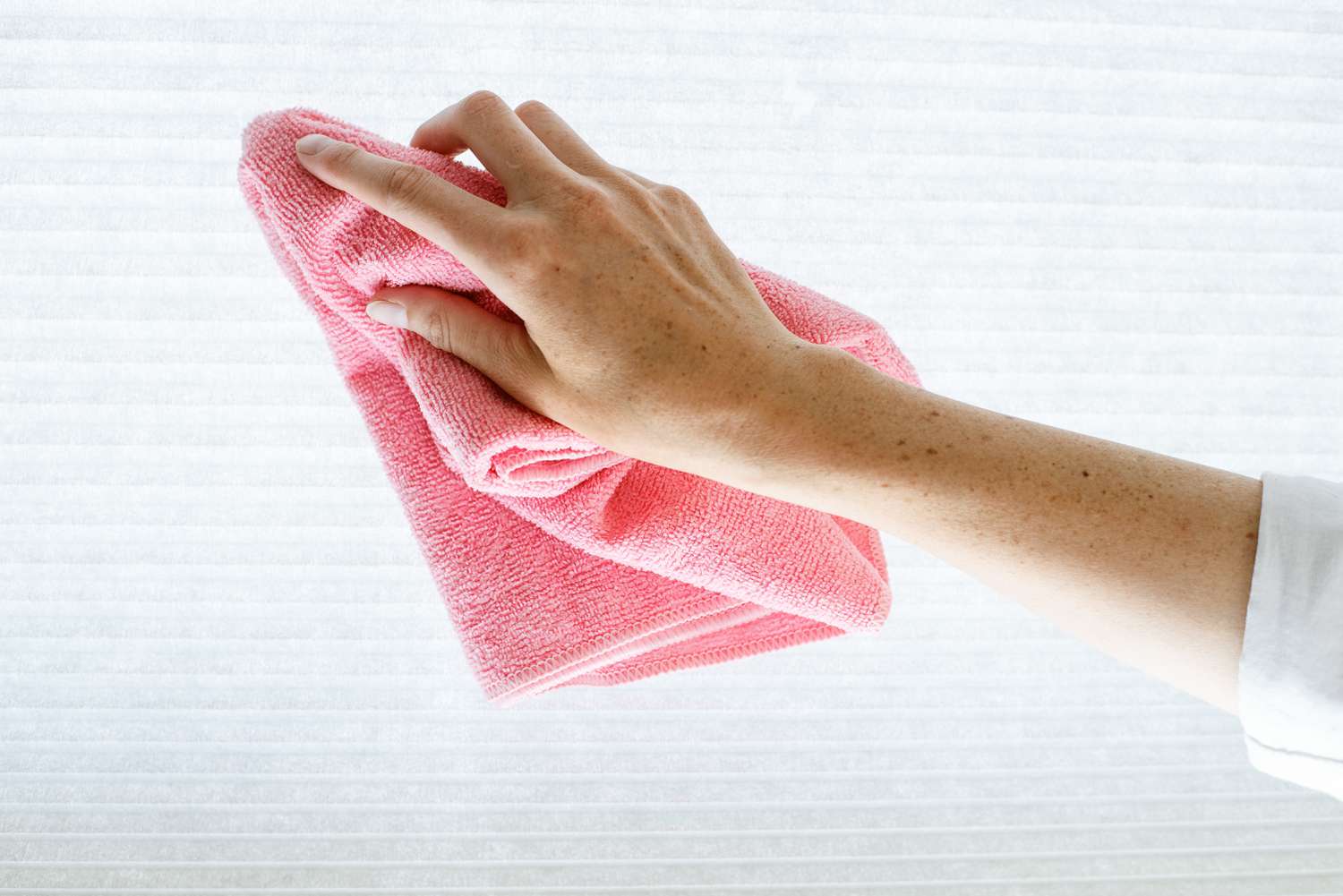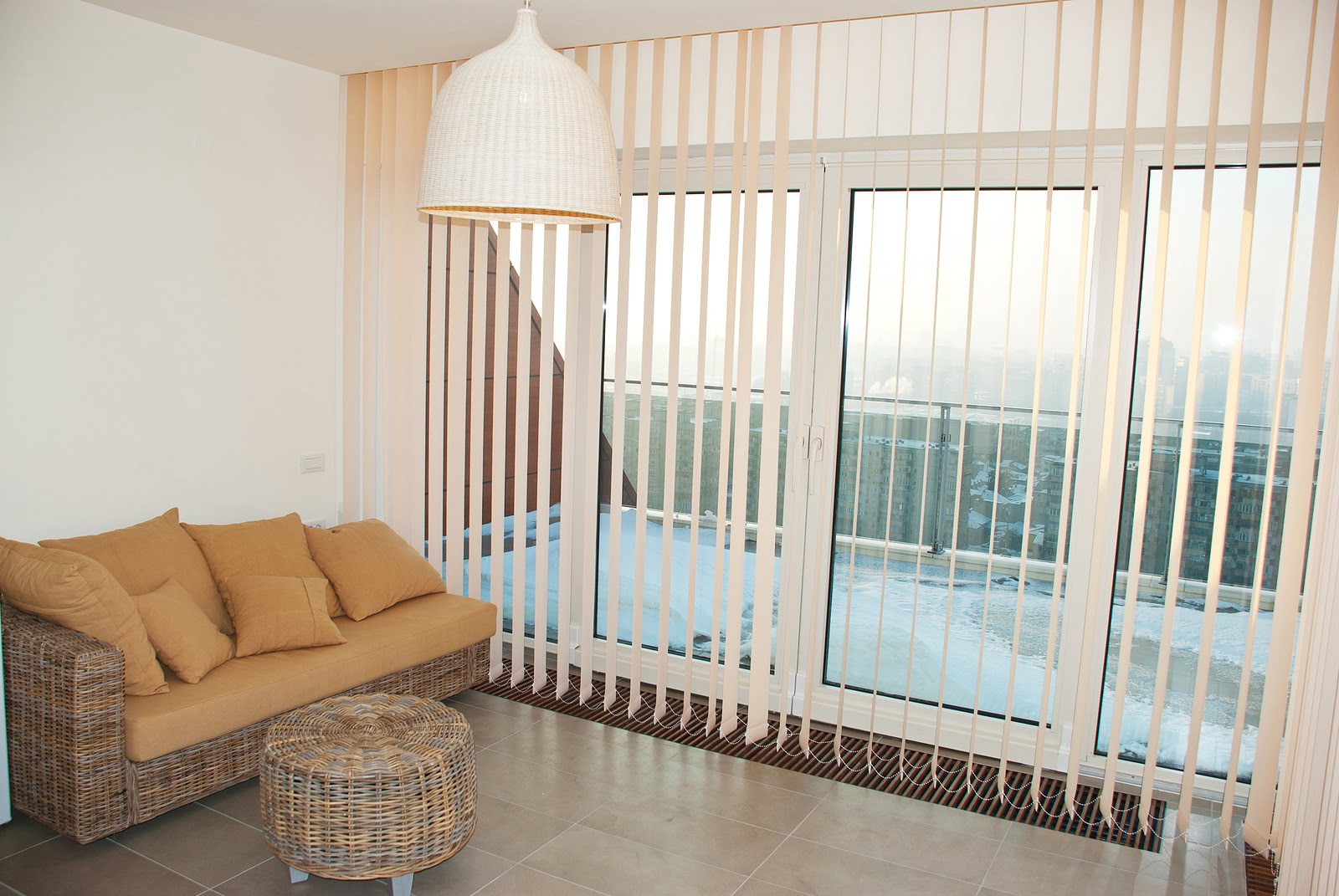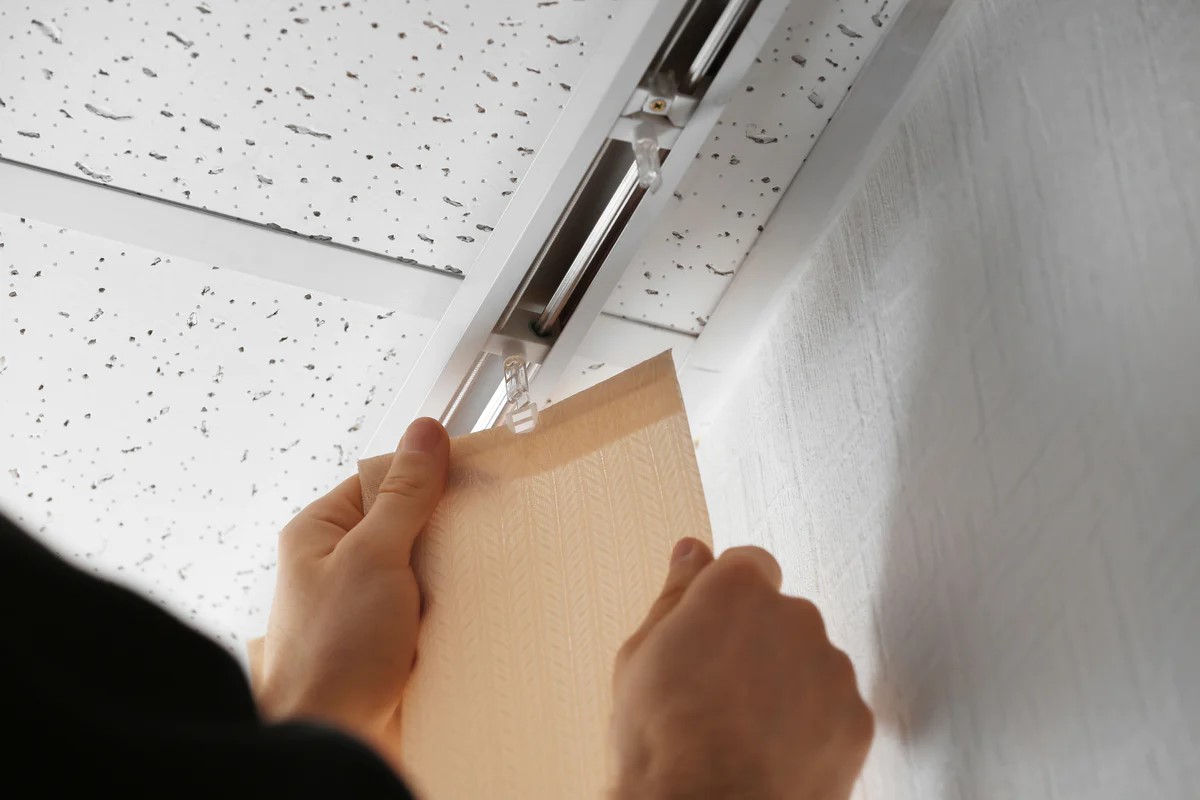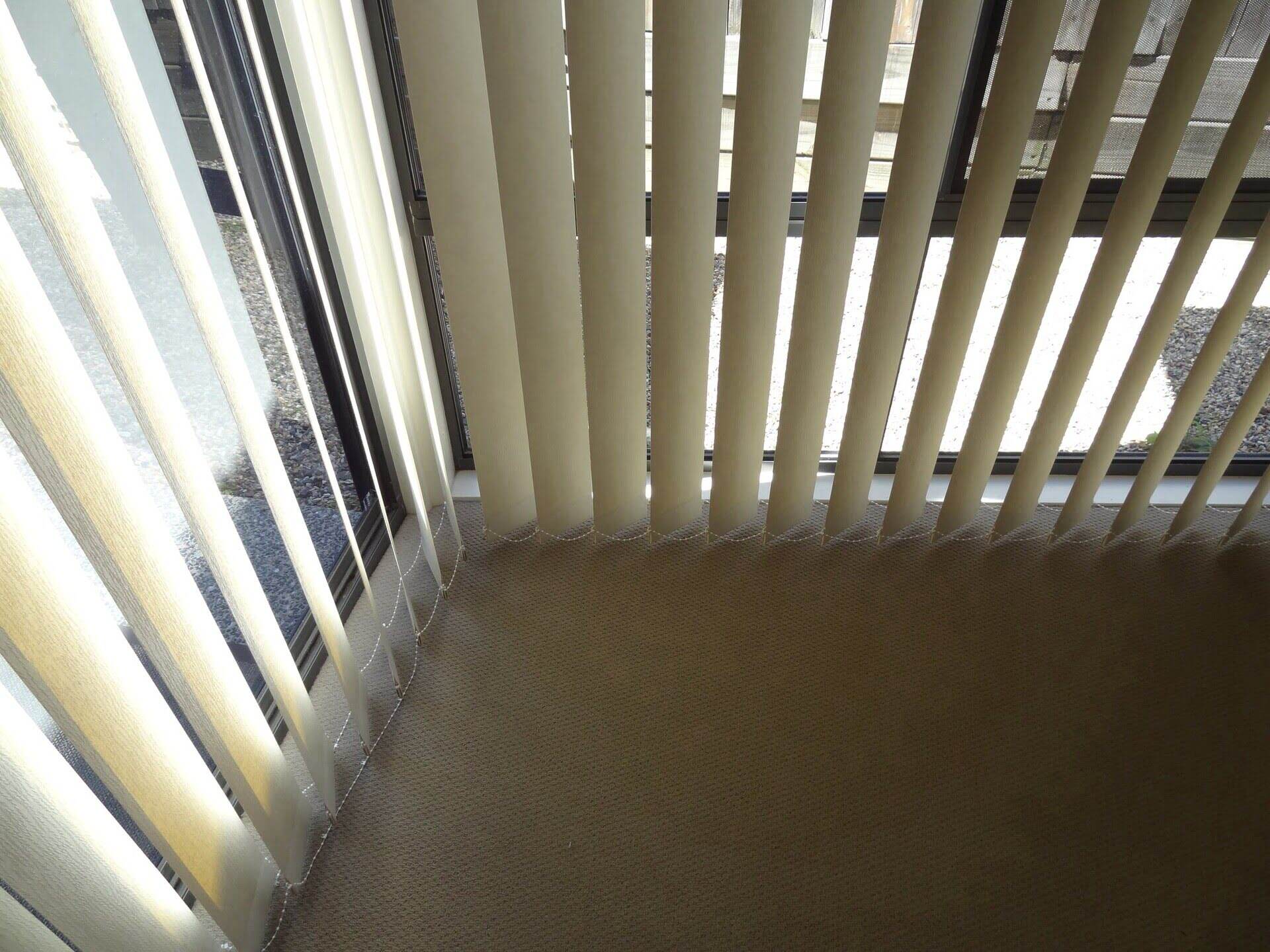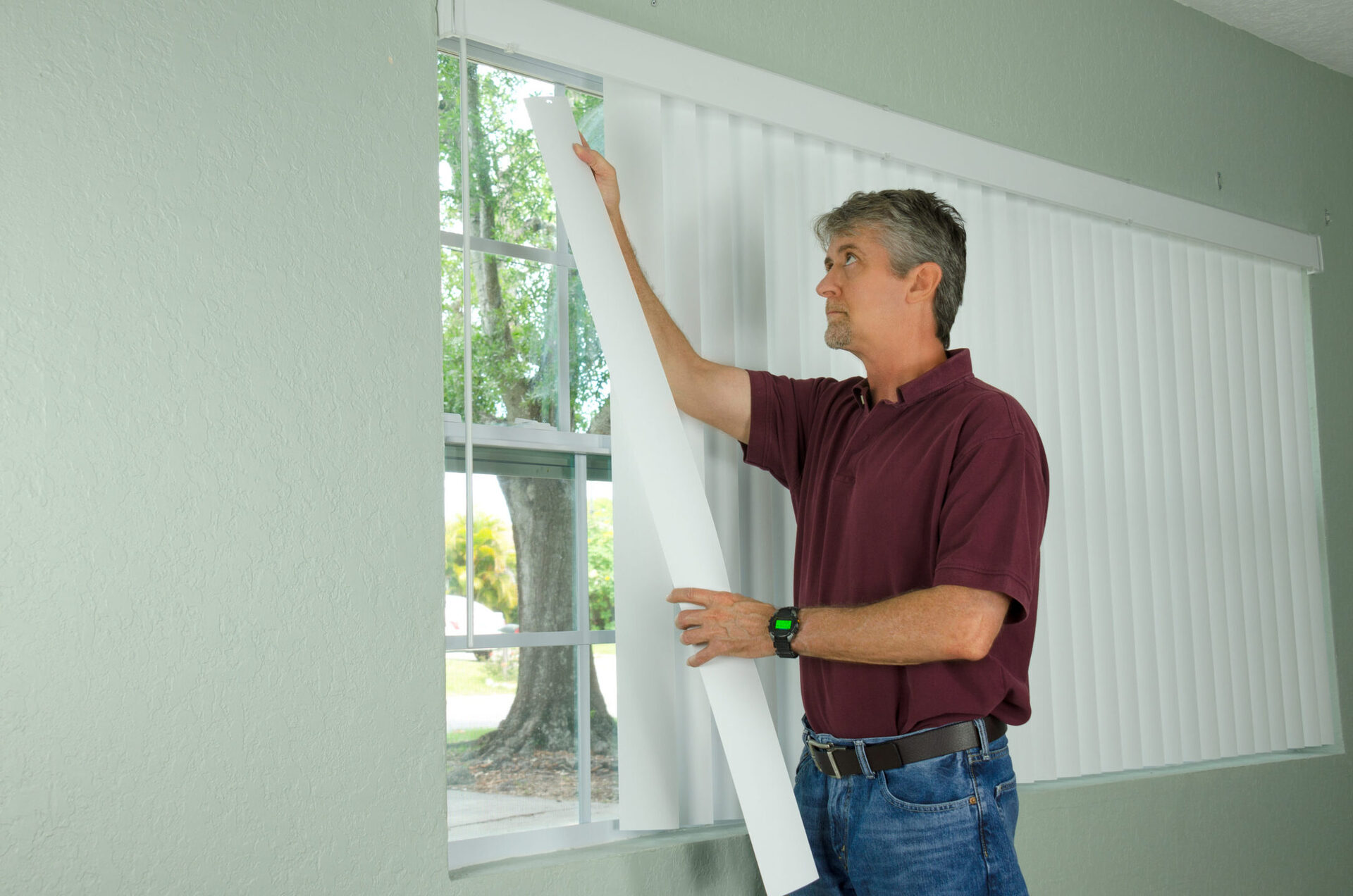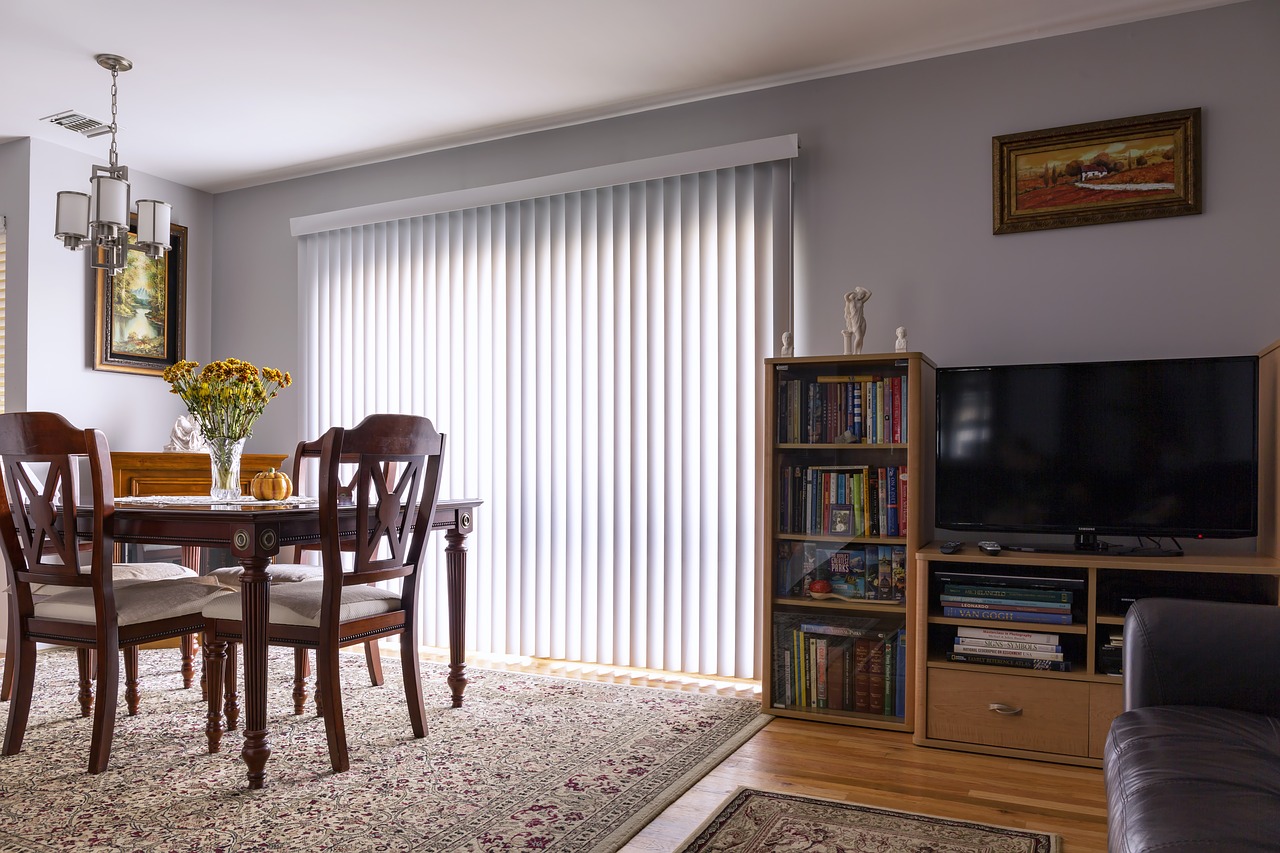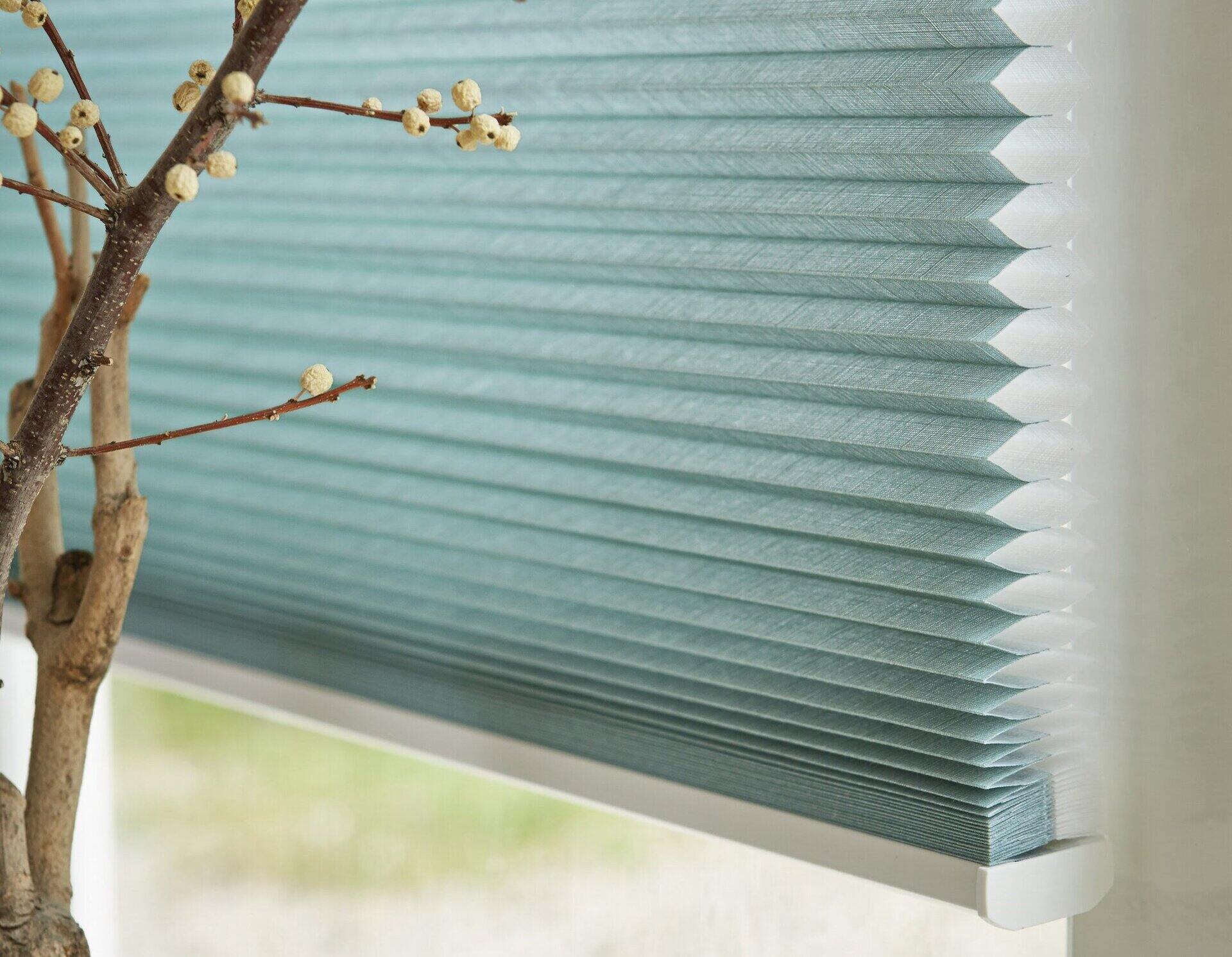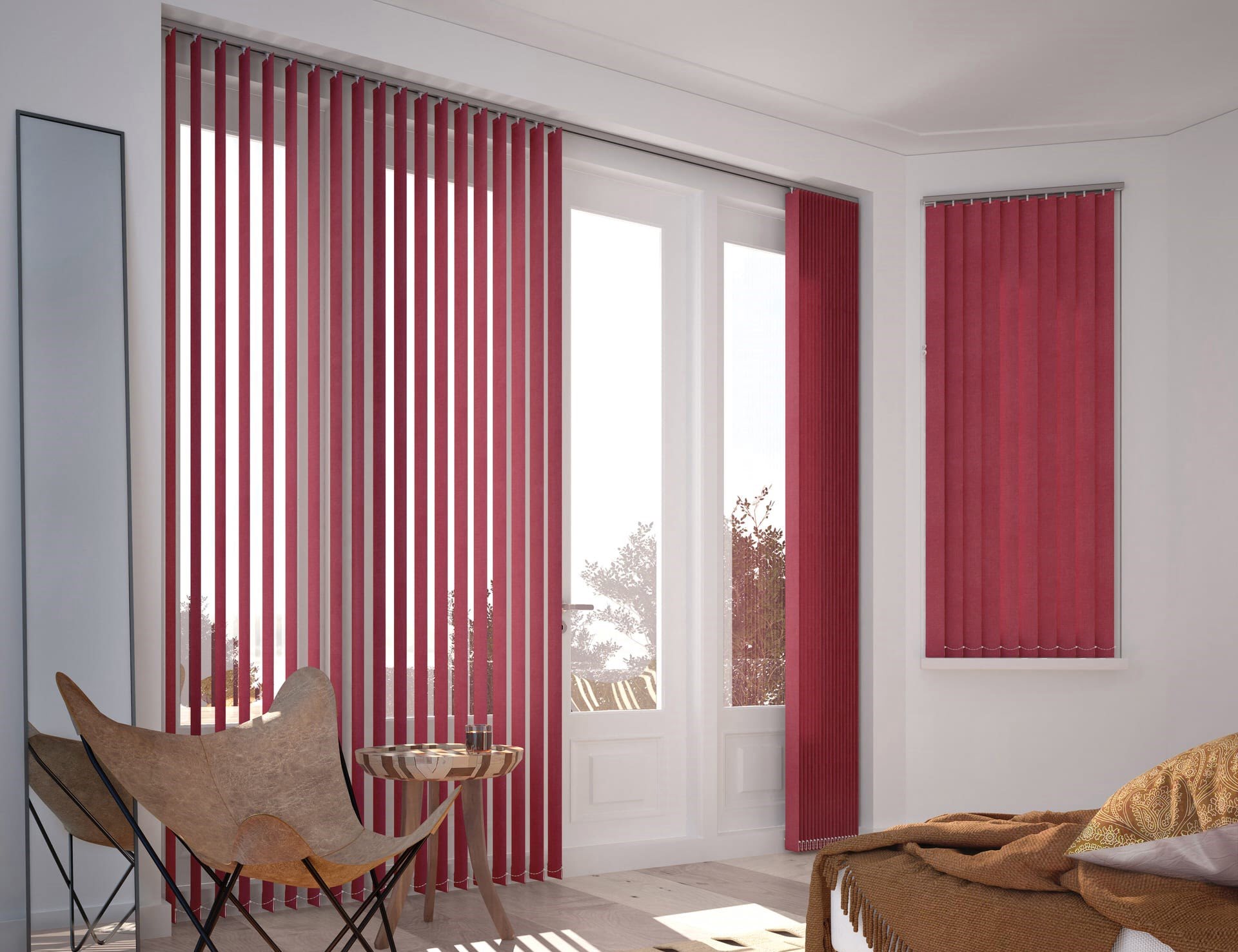

Articles
How To Make Fabric Vertical Blinds
Modified: December 7, 2023
Learn how to make fabric vertical blinds with our step-by-step articles and tutorials. Enhance your home decor with custom-made blinds for a stylish and functional window solution.
(Many of the links in this article redirect to a specific reviewed product. Your purchase of these products through affiliate links helps to generate commission for Storables.com, at no extra cost. Learn more)
Introduction
Welcome to our step-by-step guide on how to make fabric vertical blinds. Vertical blinds are a popular and versatile window treatment option that can add a touch of style and functionality to any room. Whether you want to update your existing blinds or create custom ones to perfectly match your decor, this DIY project is both fun and rewarding.
With a few essential materials and a bit of time, you can create your own fabric vertical blinds that not only provide privacy and light control but also reflect your personal taste. So, let’s dive into the process and learn how to make your very own fabric vertical blinds from scratch.
Key Takeaways:
- Create custom fabric vertical blinds to match your decor, providing privacy and style. Follow our step-by-step guide for a fun and rewarding DIY project.
- Personalize your window treatments with fabric vertical blinds, offering light control and versatility. Enjoy the process and the beauty they bring to your space.
Read more: How To Make Vertical Blinds Look Better
Materials Needed
Before you get started, gather the following materials:
- Fabric of your choice
- Sewing machine or needle and thread
- Scissors
- Measuring tape
- Rod or track for the blinds
- Weights (such as metal or plastic)
- Cord or chain for operating the blinds
- Drill (if necessary for installation)
It’s important to choose a fabric that is durable and suitable for vertical blinds. You can opt for light-filtering or blackout fabrics, depending on your needs. Additionally, consider the color and pattern of the fabric to ensure it complements your overall interior design.
Once you have all the materials ready, it’s time to move on to the next step of the fabric vertical blinds making process.
Step 1: Measuring and Cutting the Fabric
The first step in making fabric vertical blinds is to measure and cut the fabric to the desired size. Here’s how:
- Measure the width of your window or the space where the blinds will be installed. Add a few inches on each side for overlap.
- Measure the length from the top of the window frame to where you want the blinds to fall. Add a few extra inches to allow for hemming.
- Using the measurements, mark the fabric accordingly. Make sure to measure and mark on the wrong side of the fabric to avoid any visible marks or lines.
- Carefully cut the fabric along the marked lines using scissors. It’s important to cut straight and clean lines for a professional-looking finish.
Remember to double-check your measurements before cutting to ensure accuracy. It’s always better to cut the fabric slightly larger than necessary, as you can always trim it down later if needed.
Once you have cut the fabric to size, you can move on to the next step of sewing the hem.
Step 2: Sewing the Hem
After you have cut the fabric to size, the next step is to sew the hem. Sewing the hem will prevent fraying and give your fabric vertical blinds a polished look. Follow these instructions:
- Start by folding over the fabric about half an inch along each side.
- Pin the folded fabric in place to secure it for sewing.
- Using a sewing machine or needle and thread, sew a straight stitch along the folded edge of the fabric. This will create a neat and secure hem.
- Repeat this process for all sides of the fabric, making sure to sew the hems uniformly and evenly.
When sewing the hems, it’s essential to keep a consistent seam allowance to maintain a professional finish. Take your time and be careful to sew straight and even stitches.
Once you have sewn the hems, the next step is to create the sleeve for the rod. Let’s move on to Step 3.
When measuring for fabric vertical blinds, always add a few extra inches to the width to ensure proper coverage and privacy.
Step 3: Creating the Sleeve for the Rod
Creating the sleeve for the rod is an important step as it allows you to thread the rod through the fabric and attach the blinds to the track or rod. Here’s how you can create the sleeve:
- On the top edge of the fabric, fold over about an inch of the fabric.
- Pin the folded edge in place to secure it.
- Using a sewing machine or needle and thread, sew a straight stitch along the folded edge, making sure to leave one end open. This forms the sleeve for the rod.
- Remove any pins and trim any excess fabric.
The sleeve should be wide enough to accommodate the rod or track while still providing a snug fit. Take care to sew the sleeve securely to avoid any tears or loose threads.
Once you have created the sleeve, you can proceed to the next step of attaching the weights to the fabric vertical blinds.
Read more: What Is Vertical Blinds
Step 4: Attaching the Weights
Attaching weights to the bottom of the fabric vertical blinds helps them hang straight and maintain their shape. Follow these steps to attach the weights:
- Place the fabric vertically on a flat surface with the wrong side facing up.
- Measure equal distances along the bottom edge of the fabric and mark them with a pencil or fabric marker.
- At each marked point, fold the fabric inwards to create a small pocket or channel for the weights.
- Insert the weights into the pockets, ensuring they are evenly distributed across the bottom edge.
- Secure the fabric by sewing a straight stitch along the bottom edge, enclosing the weights within the pockets.
Make sure the pockets formed are snug enough to hold the weights securely, but not too tight that the fabric puckers or distorts. Sew the stitch securely, ensuring the weights are held in place.
Once you have attached the weights, you are almost ready to install your fabric vertical blinds. The final step is the installation process, which we’ll cover in Step 5.
Step 5: Installing the Vertical Blinds
Now that you have completed making your fabric vertical blinds, it’s time to install them. Here’s a general guide to help you install the blinds:
- Start by ensuring that the window or area where you plan to install the blinds is clean and free from any dust or debris.
- If your blinds require a track or rod, follow the manufacturer’s instructions for proper installation. Use a drill (if necessary) to securely attach the track or rod to the window frame or wall.
- Slide the fabric vertical blinds onto the track or thread the rod through the sleeve you created earlier.
- If your blinds have an operating cord or chain, attach it to the mechanism according to the manufacturer’s instructions. Ensure that it is properly secured and functional.
- Test the blinds by gently pulling the operating cord or chain to ensure smooth and easy movement.
- Adjust the blinds to your desired height and width, making sure they are level and sit straight.
Remember to follow all safety guidelines and precautions during the installation process. If you are unsure about any aspect of the installation, consult a professional or seek assistance from someone experienced in installing window blinds.
Congratulations! You have successfully made and installed your fabric vertical blinds. Now you can enjoy the privacy, light control, and style they bring to your space.
Conclusion
Creating your own fabric vertical blinds can be a rewarding and cost-effective way to enhance the look and functionality of your windows. By following the step-by-step guide outlined above, you can customize your blinds to perfectly fit your style and space.
Throughout the process, it’s crucial to pay attention to detail, from measuring and cutting the fabric to sewing precise hems and creating the sleeve for the rod. By doing so, you’ll ensure that your fabric vertical blinds have a professional and polished appearance.
Not only does making your own blinds allow for customization, but it also gives you the opportunity to choose fabrics that align with your personal taste and interior design. Whether you opt for light-filtering or blackout materials, you can control the amount of natural light that enters your space while maintaining privacy.
Additionally, fabric vertical blinds offer versatility in terms of adjusting the width and height according to your preference. This allows for precise light control and creates a tailored look for your windows.
Remember, safety is paramount when it comes to blinds, especially if you have small children or pets at home. Ensure that cords or chains are properly secured and out of reach to prevent accidents.
By following our comprehensive guide, you can confidently make and install fabric vertical blinds in your home. Enjoy the process of personalizing your window treatments and the added beauty and functionality they bring to your space.
So, why wait? Start gathering your materials and let your creativity shine as you embark on this DIY project to create stunning fabric vertical blinds!
Frequently Asked Questions about How To Make Fabric Vertical Blinds
Was this page helpful?
At Storables.com, we guarantee accurate and reliable information. Our content, validated by Expert Board Contributors, is crafted following stringent Editorial Policies. We're committed to providing you with well-researched, expert-backed insights for all your informational needs.
